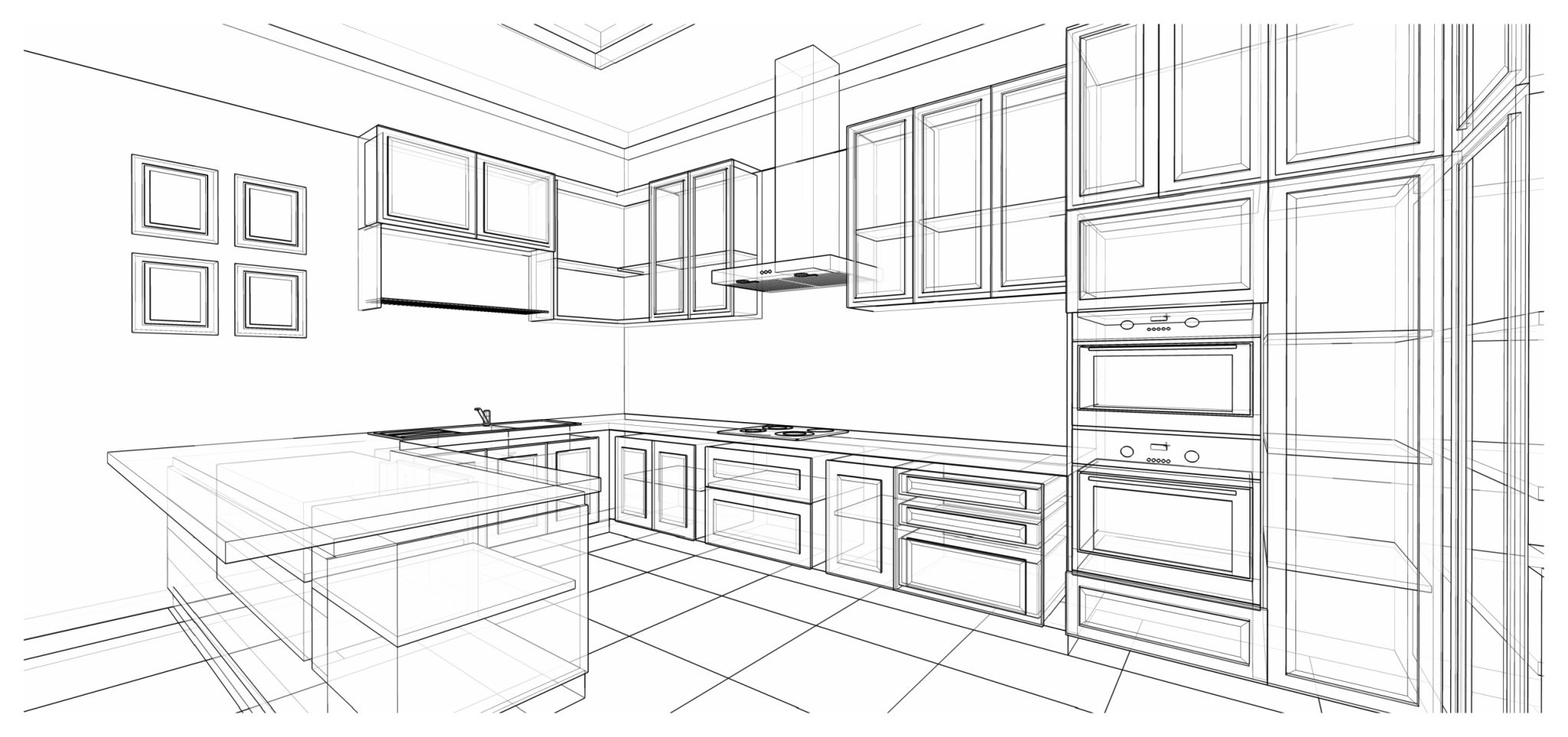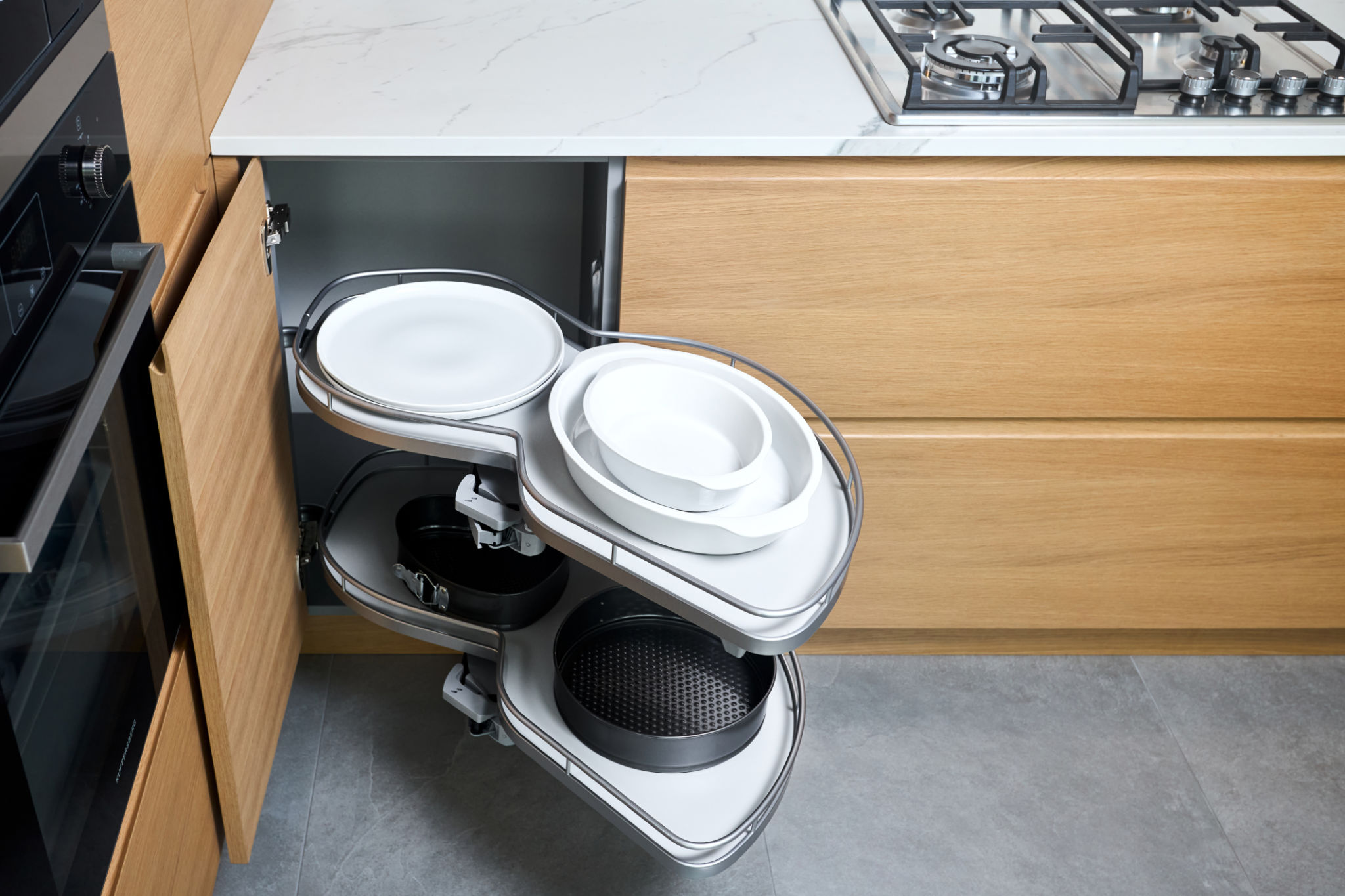Ultimate Guide to Kitchen Remodeling: Transform Your Space with Expert Tips
Understanding Your Needs and Setting a Budget
Remodeling your kitchen is an exciting opportunity to enhance both function and aesthetics. Before you start tearing down cabinets, it's essential to understand your needs. Consider how you use your kitchen: Do you love cooking elaborate meals, or is it more of a family gathering spot? Knowing your priorities will help guide design decisions.
Once you have a clear vision, set a budget. Kitchen remodels can vary significantly in cost, so having a well-defined budget ensures you stay on track and make informed choices about where to splurge and where to save.

Designing Your Dream Kitchen
When it comes to design, consider the layout first. The work triangle—connecting the stove, refrigerator, and sink—should remain efficient and unobstructed. Whether you choose a galley, L-shaped, or open-concept kitchen, ensure it supports your daily activities.
Next, focus on style and materials. From contemporary to rustic, the options are endless. Select materials that not only match your aesthetic but also offer durability and practicality. Think about countertops, cabinetry, and flooring that withstand the test of time.

Choosing Appliances and Fixtures
Investing in quality appliances can elevate your kitchen’s functionality. Consider energy-efficient models that not only save on utility bills but also contribute to a sustainable lifestyle. From smart refrigerators to induction cooktops, modern appliances can make cooking more enjoyable and efficient.
Don't overlook fixtures like faucets and lighting. These elements can add style and flair while providing necessary functionality. Opt for LED lighting to brighten up your space effectively while being energy-conscious.

Maximizing Storage and Organization
A well-organized kitchen is a joy to work in. Maximize storage by using innovative solutions such as pull-out shelves, lazy Susans, and vertical storage racks. Custom cabinetry can also provide tailored solutions for unique storage needs.
Consider incorporating a pantry or additional cabinets if space allows. These additions can help keep countertops clutter-free and make it easier to maintain an organized kitchen.

Adding Personal Touches
Your kitchen should reflect your personality. Incorporate personal touches such as artwork, plants, or colorful backsplashes to infuse character into the space. These elements can be easily updated over time without a full remodel.
Consider creating a focal point—a bold range hood or an eye-catching island design can draw attention and serve as conversation starters.
Navigating the Remodeling Process
Embarking on a kitchen remodel requires careful planning and coordination. Hiring professionals such as designers, contractors, and architects can ensure the project runs smoothly and meets your expectations. Always check references and reviews before making any hiring decisions.
Prepare for some inconvenience during the remodeling process. Set up a temporary kitchen space to ease the transition and maintain some level of normalcy while your dream kitchen comes to life.

Ensuring a Successful Renovation
Communication is key throughout the renovation process. Regularly check in with your contractor to address any concerns promptly. Flexibility is also crucial; unexpected issues may arise, requiring quick decision-making.
Once completed, take time to enjoy your newly remodeled kitchen. Celebrate the transformation by hosting a dinner party or simply indulging in some of your favorite dishes in your upgraded space.
Maintaining Your New Kitchen
To keep your kitchen looking pristine, develop a regular maintenance routine. Clean surfaces regularly and attend to minor repairs promptly to prevent them from becoming major issues.
Your remodeled kitchen is an investment that can enhance your home's value and your lifestyle. With proper care, it will serve you well for years to come.
